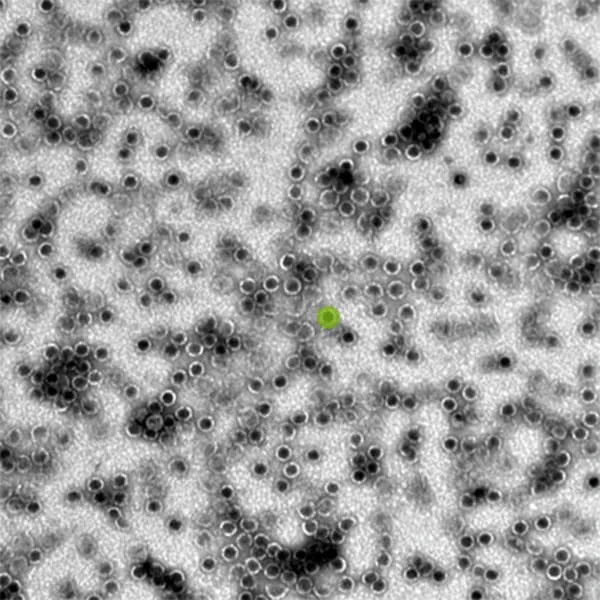Adapted from this Michigan State press release

A new collaboration between Michigan State University and the Department of Energy has been funded as one of the nation’s newest Energy Frontier Research Centers.
The new center, called the Center for Catalysis in Biomimetic Confinement or CCBC, is one of 43 announced recently by the DOE, representing a nationwide investment of $400 million.
The CCBC assembles a group of experts from MSU, Berkeley Lab and Argonne National Laboratory. With members in academia and national labs, the team will leverage the unique benefits of both settings.
The natural processes and materials that the CCBC team is looking to mimic are found in what are known as bacterial microcompartments.
Scientists first observed these tiny polyhedral capsules in bacteria more than 60 years ago. But it wasn’t until much more recently that they started to fully appreciate how important, versatile and ubiquitous the microcompartments are, thanks to researchers like Kerfeld.
Microcompartments are to bacteria what organelles are to human cells. The bacterial compartments house specific biochemical functions in an insulated environment, by means of protein shells that encapsulate enzymes.
Enzymes are biology’s catalysts. If chemistry were an assembly line, catalysts would be the different machines sequentially assembling parts into products.
By packaging enzymes into a compartment, bacteria can accumulate and concentrate reactants used by the catalysts, making biochemical reactions more efficient.
The compartments also offer protection to the encapsulated enzymes from compounds that would interfere with their operation. Compartments also can protect bacterial cells by keeping harmful intermediaries within their confines until they can be remediated.
By enclosing different enzymes in microcompartments, bacteria have evolved to compartmentalize myriad useful reactions.
Interested in Becoming a Foundry User?
Join our collaborative, multidisciplinary environment.
Learn more >
The Foundry’s Corie Ralston and Paul Ashby are members of the CCBC team.
“National labs have scientists and engineers working together on both fundamental science and practical applications, and they’re home to large facilities,” said Ralston, who is the director of the Biological Nanostructures Facility at the Molecular Foundry.
“Team this up with the academic scientists who tend to focus more on the underlying fundamental science, and you’ve got the perfect match of expertise and all the tools you need to make great science possible,” Ralston said.
Read the full press release

